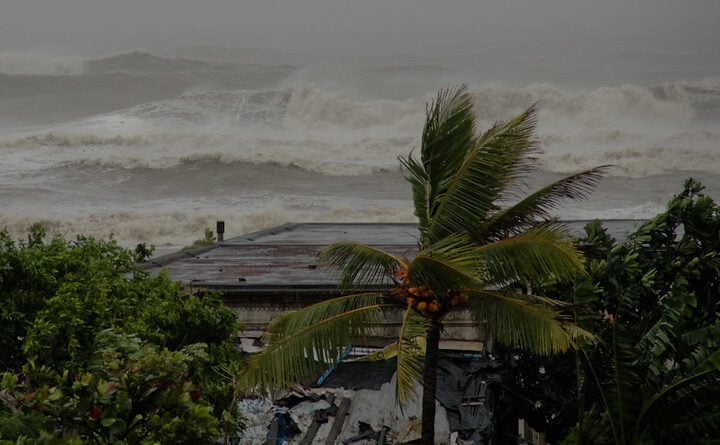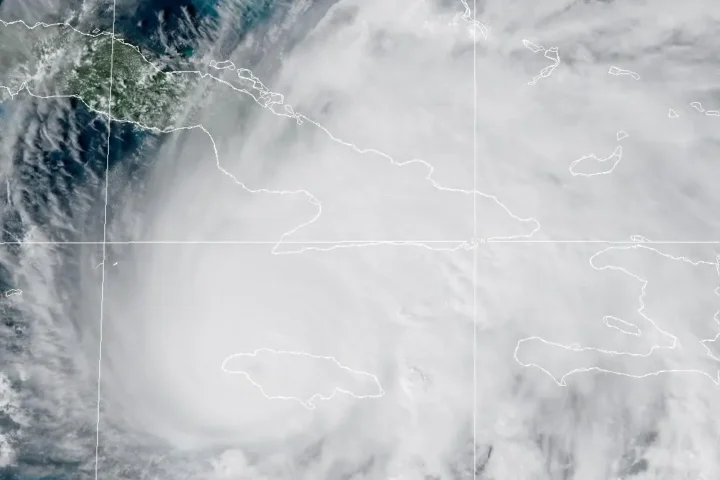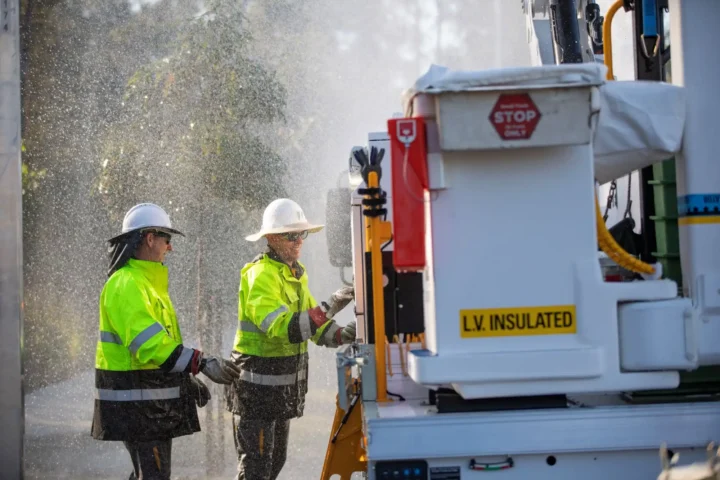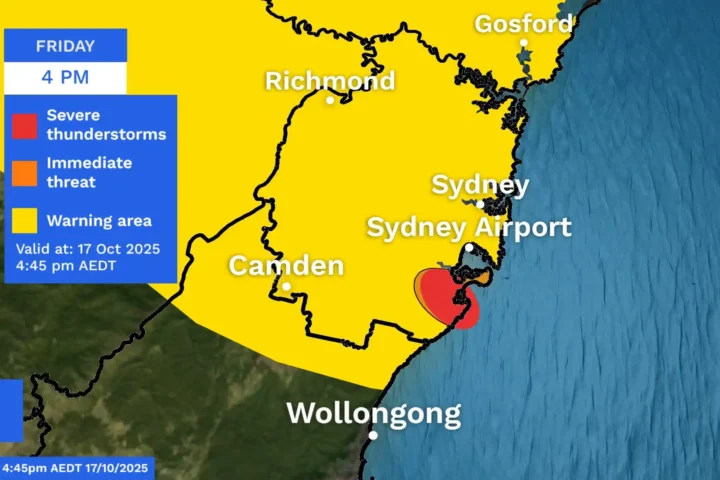California and Denmark have joined forces in what Danish Foreign Minister Lars Løkke Rasmussen called “the most comprehensive kind of agreement” Denmark has made with any American state. The partnership, signed on August 22 in San Francisco, aims to tackle climate change and advance technology innovation through shared expertise.
Governor Gavin Newsom and Denmark’s delegation, including Rasmussen and Ambassador Jesper Møller Sørensen, formalized the agreement during a ceremony at Salesforce Tower. The Memorandum of Understanding (MOU) centers on three main goals: achieving carbon neutrality by 2045, strengthening digital and cyber security, and promoting innovation through public-private partnerships.
“California continues to step up to the world stage,” Newsom said at the signing. “We are partnering with Denmark to further our commitment to building affordable clean energy, bolstering our low-carbon, green growth economies, fostering innovation, and accelerating safe and secure technologies.”
The partnership brings together complementary strengths. California contributes its position as the world’s fourth-largest economy and home to Silicon Valley’s tech expertise, while Denmark offers its advanced knowledge in green energy and sustainability.
Lieutenant Governor Eleni Kounalakis emphasized the timing of the agreement, noting it addresses “challenges posed by rapidly advancing technology and by climate change.” This partnership adds to California’s growing network of international climate agreements, which already includes collaborations with countries like China, Sweden, and Mexico.
The MOU outlines practical steps for cooperation, including knowledge exchange through dialogues, delegations, trade missions, and joint projects. One example already underway involves California, Denmark, and Stanford University working together to map groundwater reservoirs. Chris Field, director of Stanford’s Woods Institute for the Environment, highlighted the importance of such partnerships.
Similar Posts
“International collaboration is going to continue to be an important part of tackling the climate crisis,” Field said. “With the lack of engagement of the federal government, states have an opportunity.”
California’s climate progress provides a strong foundation for the partnership. State data shows greenhouse gas emissions have dropped 20% since 2000, even as the state’s economy grew by 78% during the same period. In 2023, California was powered by two-thirds clean energy – making it the largest economy globally to reach this milestone. The state has also run on 100% clean electricity for parts of the day on 93% of days so far this year.
Since 2019, California has expanded its battery storage capacity to over 15,000 megawatts – an increase over more than 1,900%. The state has also added more than 25,000 megawatts of new resources to its electrical grid during that time.
The agreement comes amid growing tension between Newsom and President Donald Trump over climate policies. Newsom framed California’s approach as one of inclusivity that “distinguished” the state from the federal administration.
The California-Denmark partnership represents a significant step in addressing climate challenges through international cooperation, potentially creating a model for other states and countries to follow as they work toward carbon neutrality.

















